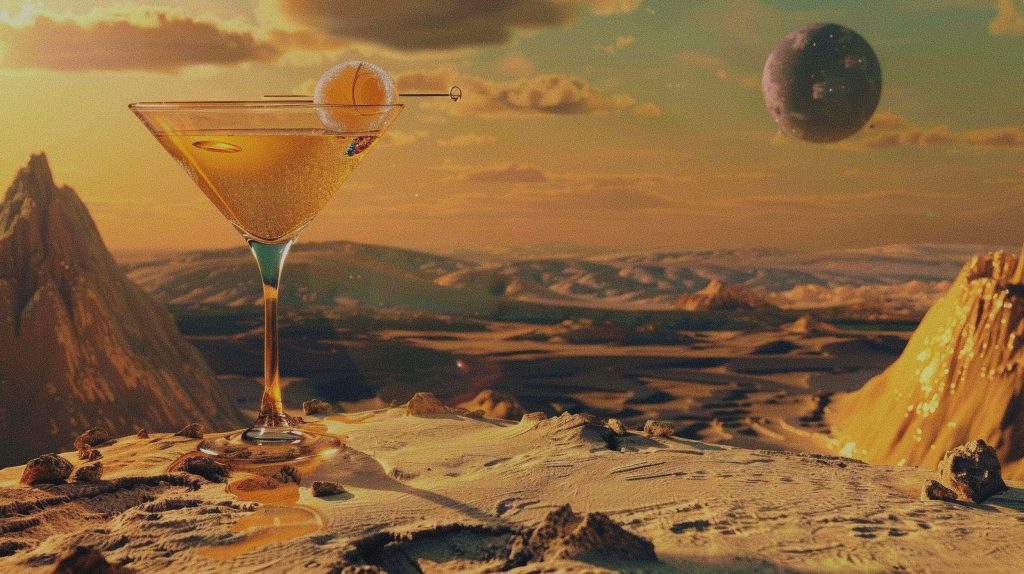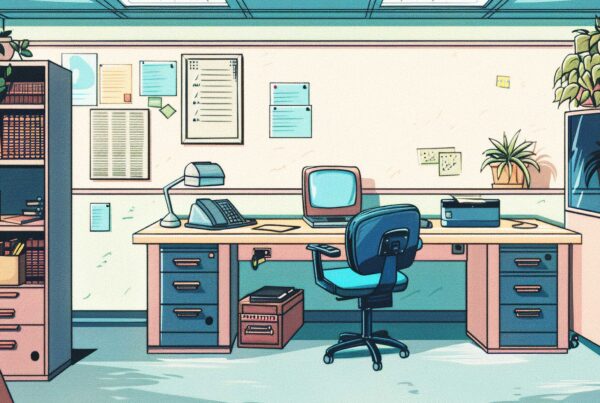In the world of marketing and creative work, there’s a persistent myth that time equals value. That the longer we labor over a campaign, a design, or a piece of writing, the better it must be. But anyone who has spent enough time in the trenches of creative work knows this simply isn’t true. Creativity is not linear. It’s not a faucet you turn on and off. It’s an unpredictable, often chaotic process that defies the logic of time sheets and task trackers. The sooner we stop trying to control or quantify it, the better our work—and our sanity—will be. This article explores the entropy of the creative process, why effort doesn’t always mean excellence, and how to cultivate the conditions where creativity can thrive without trying to tame its mystery.
Understanding the Unpredictable Nature of Creativity
Creativity operates in a realm that often feels at odds with structured work environments. It’s messy, nonlinear, and deeply personal. One day, inspiration strikes in the shower and you’re halfway through a brilliant concept before your first coffee. Another day, you might spend 10 hours staring at a screen, producing nothing but frustration. This isn’t a flaw in the process—it is the process. Creative professionals need to stop expecting predictability from something inherently unpredictable.
The truth is, great ideas don’t follow schedules. They’re not always born from brainstorming sessions or structured meetings. Sometimes they appear when we least expect them—on a walk, in the car, in the middle of the night. The creative mind is always working, even when we’re not actively “creating.” Understanding this helps us respect the ebb and flow of the process instead of trying to force it into artificial productivity metrics.
Trying to standardize creativity is like trying to bottle lightning. Yes, we can build systems to help capture it when it strikes, but we cannot manufacture the strike itself. The best creative professionals learn to ride the waves, not resist them. We must embrace the entropy, not fear it. Because in that unpredictability lies the spark of brilliance that truly moves audiences and builds brands.
Why Time Spent Doesn’t Equal Creative Quality
One of the most damaging beliefs in creative work is that more time equals better output. We’ve all been there—agonizing over a concept for days, only to end up with something mediocre. Then, in a moment of clarity, we whip up something brilliant in an hour. The value of an idea isn’t measured in hours logged; it’s measured in impact. And impact doesn’t care how long it took you to get there.
This misconception often leads to burnout and creative guilt. We feel ashamed if we don’t spend “enough” time on something, even if the result is excellent. Worse, we sometimes overwork ideas, stripping them of their original spark in the pursuit of “earning” their value. It’s a trap. The truth is, creativity is about resonance, not hours. Clients and audiences don’t ask how long it took—they care whether it connects.
As marketing and creative professionals, we need to shift our mindset. Activity is not achievement. A flurry of revisions, meetings, and decks doesn’t necessarily lead to better work. Sometimes, the best thing we can do is step away, let the idea breathe, and allow our subconscious to do its job. We must stop conflating effort with excellence. The two are not always aligned, and recognizing that is a mark of creative maturity.
Creating Conditions That Nurture Creative Breakthroughs
While we can’t force creativity, we can certainly create the right conditions for it to flourish. This means protecting our time, our mental clarity, and our curiosity. It means saying no to constant meetings and yes to unstructured thinking time. It means fostering a culture that values exploration over perfection, and process over performance.
One of the most powerful things we can do as creative professionals is protect the mystery of the work. Not everything needs to be dissected, documented, or justified. Some of the best ideas come from places we can’t fully explain. And that’s okay. In fact, it’s desirable. When we try too hard to synthesize the process, we risk sterilizing it. Creativity thrives in ambiguity, not in over-engineered systems.
That said, discipline does have a place. It’s about finding the balance between structure and spontaneity. Daily habits like reading, journaling, or walking can prime the mind for insight. Collaborative environments that encourage risk-taking and psychological safety can unlock collective genius. But ultimately, our job isn’t to control creativity—it’s to respect it. To nurture it. To know when to step in and when to step back. That’s where the magic lives.
Creativity isn’t a commodity. It’s not a function of clocked hours or checklists. It’s a living, breathing force that resists being tamed. As marketers and creatives, our job isn’t to master it—it’s to dance with it. That means letting go of the illusion of control and embracing the unpredictability of the process. It means understanding that a brilliant idea can take 10 days or 10 minutes, and either is valid. And most importantly, it means protecting the mystery. Because that mystery is where the magic happens—and magic is what great creative work is made of.































